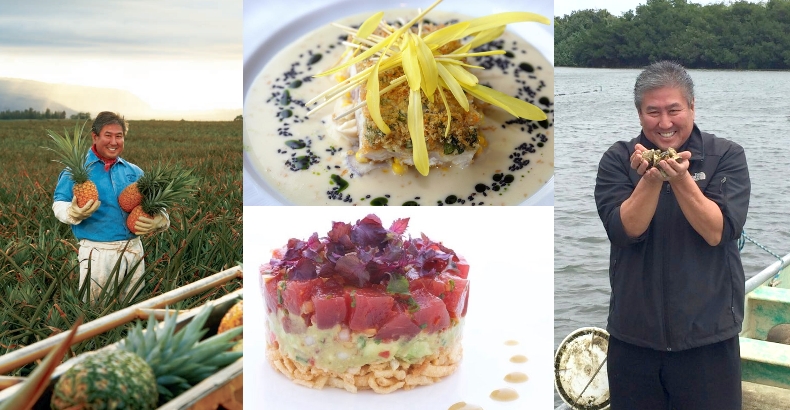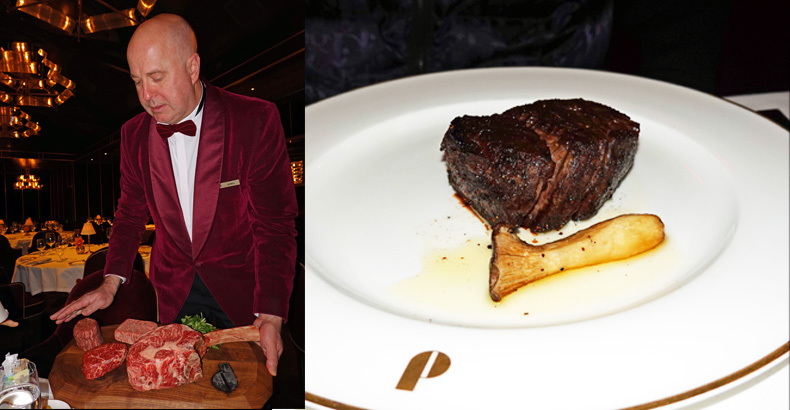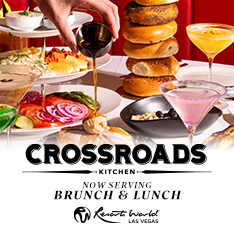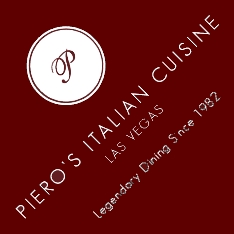“I wouldn’t want to mess with certain things,” says chef Alan Wong, one of the patriarchs of Hawaii Regional Cuisine. He is discussing the ways in which he applies the tenets of the culinary movement he co-founded in 1991 alongside 11 other noted Hawaiian chefs—including Sam Choy, Peter Merriman, Beverly Gannon, and Roy Yamaguchi—to any gathering during the holidays. A James Beard Award winner, Wong has been called the “master of Hawaii Regional Cuisine” by Bon Appétit, and his flagship eatery, Alan Wong’s Honolulu, is the only establishment in the state to have placed twice in the top ten on Gourmet’s ranking of America’s best restaurants.
The cuisine of Hawaii is a tantalizingly aromatic mix of Chinese, Japanese, Korean, Portuguese and Puerto Rican influences. Wong—the son of a Hawaiian-born Chinese father and a Japanese mother—explains here how the food he ate growing up informed his cooking, and how that intersects with Hawaii Regional Cuisine, which promotes the use of locally sourced ingredients.
“I’m borrowing from the influences of my upbringing and using local corn from Kahuku and whatnot because a big part of the HRC movement is supporting all the local producers, the ranchers, and farmers, so that the guest can ‘taste’ Hawaii. In effect, you’re tasting my Hawaii, because you’re tasting part of my childhood inspiration.
“When I look back, there was the Japanese food. My mom loved fish and always served it at dinner. She’d have a sashimi or a cooked dish, and a lot of sides—usually vegetables (whether salted or vinegared pickles or simply cooked vegetables). So, there were a lot of plant-based dishes, with rice and one protein (usually fish) for her. Then there’d be an American dish, like a beef stew, for the kids. She would add ginger to the stew—later, I’d find out that she’d added the ginger because she didn’t like that ‘beefy smell.’ And there’d be some kind of Filipino food, and again rice. There was always rice.
“What’s funny is that now everyone is embracing global foods and ingredients, and wants to know how these are prepared whether in the Mediterranean or in Hawaii. For me this means looking back to the waves of immigrant labor in the 19th century that came with the growth of the sugarcane plantations. First came the Chinese, then the Portuguese and Puerto Ricans and Japanese, then the Koreans, and finally the Filipinos. So, when we say ‘local’ in Hawaii, that’s what we mean.
“Part of the HRC movement was focusing not so much on the dishes, but on the ingredients and flavors used to make them. And what we did—especially those of us who were raised in Hawaii—was to make these kinds of foods popular. We brought those flavors and ingredients into the mainstream. And in my opinion that remains a big part of HRC.
“Now, with New Year’s Eve and New Year’s Day, there are traditions with Japanese cooking, colors, and ingredients that bring prosperity and good health. You see it with ahi sashimi, or onaga sashimi if you prefer a whitefish.
“A dish like my ginger-crusted onaga actually comes from the traditional Chinese cold ginger chicken that I grew up eating. It started as ginger-crusted chicken, then evolved to ginger-crusted New York strip, and then ginger-crusted mahi-mahi, until after maybe ten renditions, I got to ginger-crusted onaga.
“And that’s an example of my style. I’ll take something made for me by my Chinese grandfather, my Japanese mom or my Filipino stepfather—something from my childhood—and reinterpret it for today’s palate. And when cooking for Thanksgiving it’s the same thing, because HRC borrows from all the ethnic influences found in Hawaii. You can pull from any culture that’s influenced you and incorporate that into a dish or a dressing.
“So, I’d take some kabocha squash, also known as Japanese pumpkin. I’d cube it up with the skin on, so it’s green and orange, and throw it in the oven and roast it with honey. You put the honey on while it’s cooking, kind of toss it, and let it caramelize. I’d also do shiitake mushrooms and peanuts, but I’d start with the honey-roasted kabocha squash, which is really a fine dish for Thanksgiving.
“I wouldn’t mess with the turkey gravy, and I wouldn’t mess with the mashed potatoes, but if I’m going to serve corn, I might prepare it a little differently. I might grill the corn and char it on the outside, then cut it off the cob. Then I’d take some green onions and yuzu and make a miso dressing and toss the whole thing in that. Remember, when we gather to enjoy a holiday meal, in Hawaii—as it is all over the world—the most important thing is the bringing together of family and friends.”
Chef Alan Wong
Alan Wong’s Honolulu [now closed]
Click HERE for info
Get into it!
#AlanWong
[Editor's Note: A version of this article was published in Celebrated Living, November/December 2018 (INK)]








